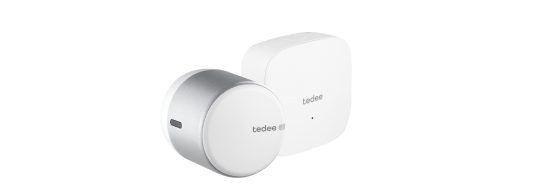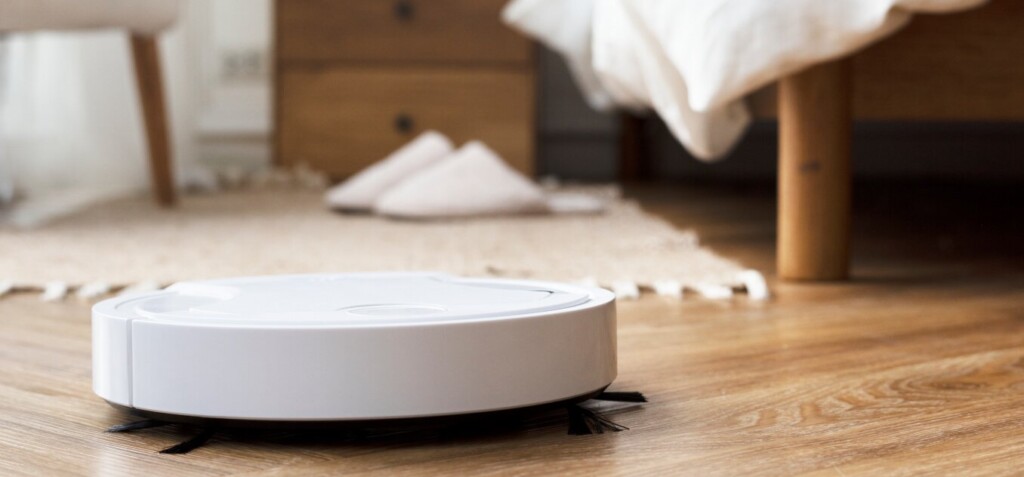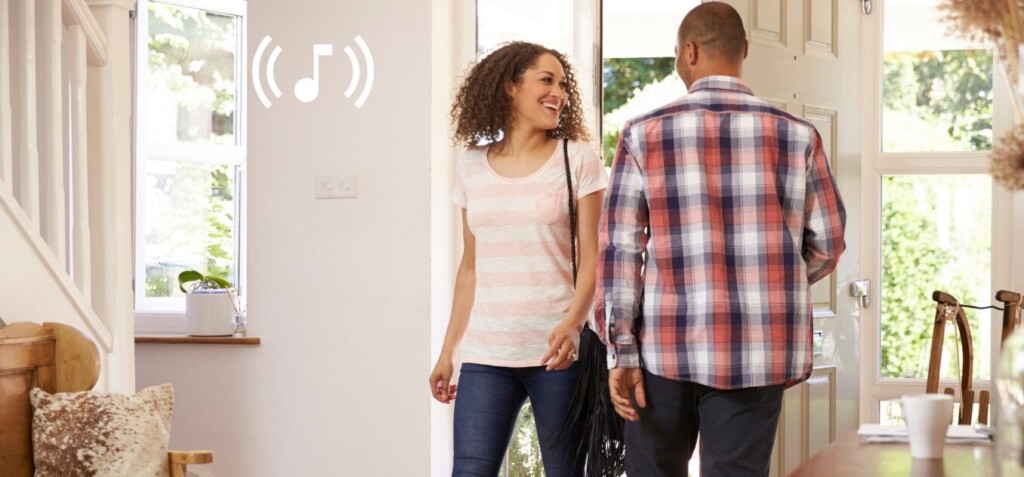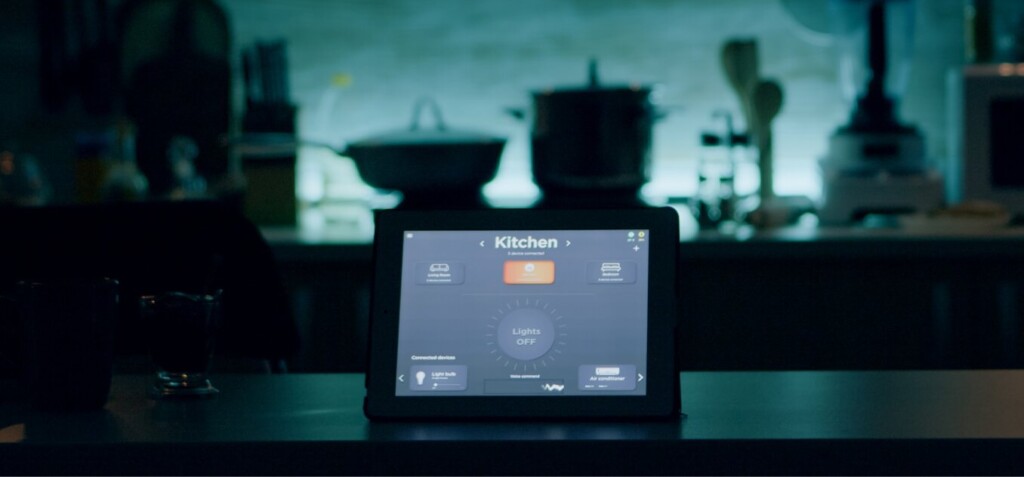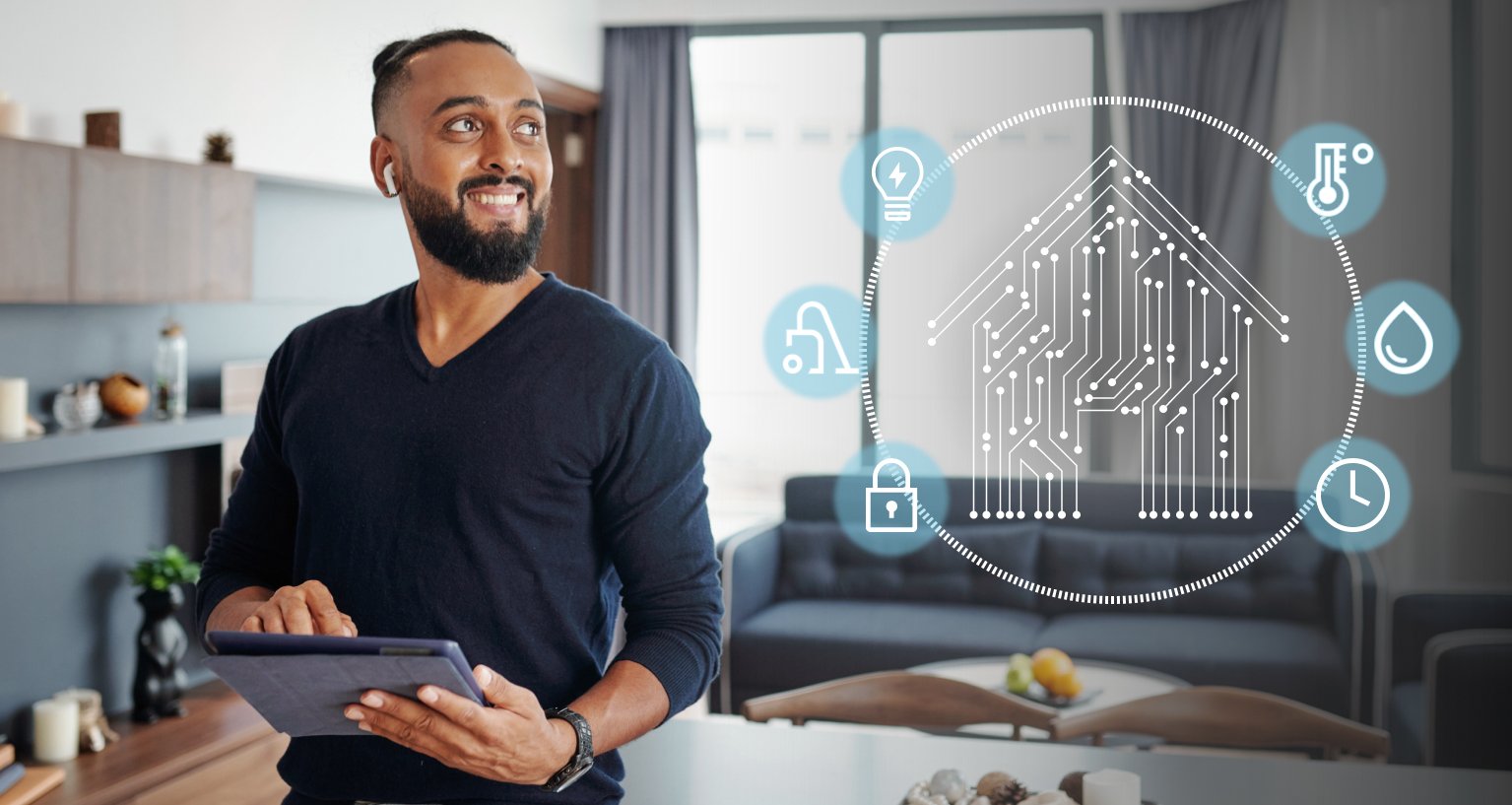
How can I automate my smart home?
“Smart” means intelligent. And smart home works just like that: collecting information from devices, processing them according to the preset rules, and acting accordingly. Such capability allows automation of many devices and processes at your home – but how do these work? Read more to learn about types of home automation and how to start.
This capability to operate devices independently from the homeowner powers the powerful automatic features of smart home systems. However, even automatic processes require frameworks and rules. This is where you need to think about what you need to fulfil your needs, to let you teach your smart home how to do it.
In this article, we have divided smart home automation into four types. This is not an industry standard, but we believe this overview will help you grasp the smart home capabilities.
Various smart home systems on the market offer various combinations of types below. If you’re interested in a specific type of automation, make sure to research before deciding on a standard and purchasing smart home equipment.
Manual automation
“Automatic” and “manual” may seem not to work together. Still, this semi-automatic type of integration means that your one move means much more and lets you carry out advanced operations effortlessly.
This automation is often called scenes or sequences. After you press the button, these are manually launched step-by-step operations like a recipe for what a smart home should do. Separate scenes have unique names and can be launched in numerous ways, including asking voice assistants.
You can notice that many of your actions repeat around some events. For example, when leaving to work, you turn the music and lights off, start a robot vacuum, unlock the door, and open the gate.
Suppose you set the corresponding smart home devices into a scene. In that case, all of these actions could be started by saying “I’m leaving” to Siri, Hey Google, or Alexa on enabled devices.
Reactive automation
Automatic action brings a reaction to a given situation. In this type of automation, smart home devices are triggered when some state changes. Hence they require to include dedicated sensors or ways to define present conditions.
Automatic actions mean that the air conditioning would stop if you open the window equipped with a sensor. Or the lights would turn off when the last family member leaves – as their smartphone would be located outside the home zone.
The range of smart sensors on the market covers all conditions, from soil humidity to light exposure and security solutions.
Triggered automation
One could describe this type of action as a crossover between automatic and manual. In short, it would be a set of events started by using a chosen device. This way, one device starts another.
Recall the sets of actions that repeat in a specific situation. They could happen by themselves, one by one.
Let turning the TV on dim the lights. Make using a coffee machine in the morning and turn on the radio. Shouldn’t the gate open after you open the garage door to drive to work?
Scheduled automation
The simplest type of automation: devices are working in a particular way, at a particular time. You can usually preset the timeframes for specific days of the week.
This helps especially with general installations that constantly work in the background plan of your smart home. Shouldn’t the central heating turn off when you leave to work on weekdays? Shouldn’t the security shutters roll down by themselves every day at 10 pm?
After programming such a schedule, you may notice the need to tweak some of the schedules and choose different times. However, after a short period of tuning, you’d be able to forget about many of your home duties.







